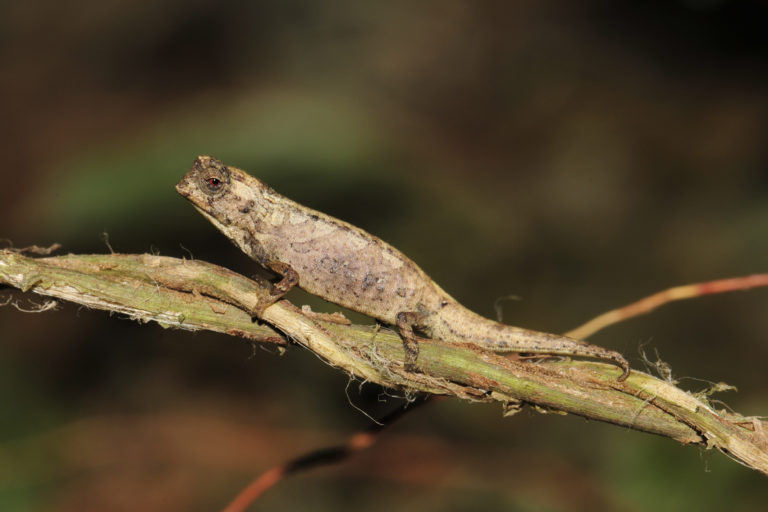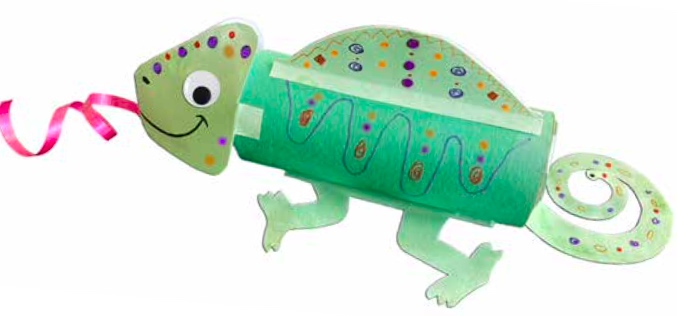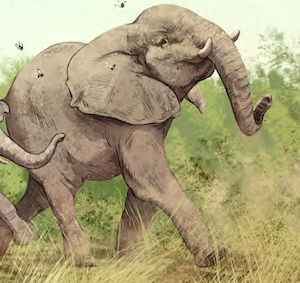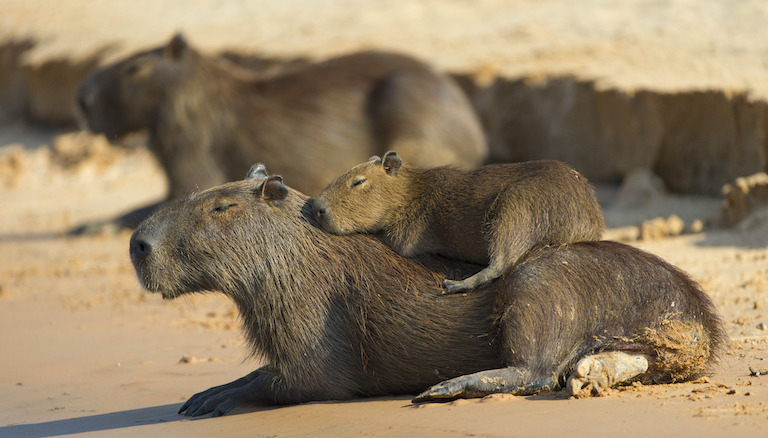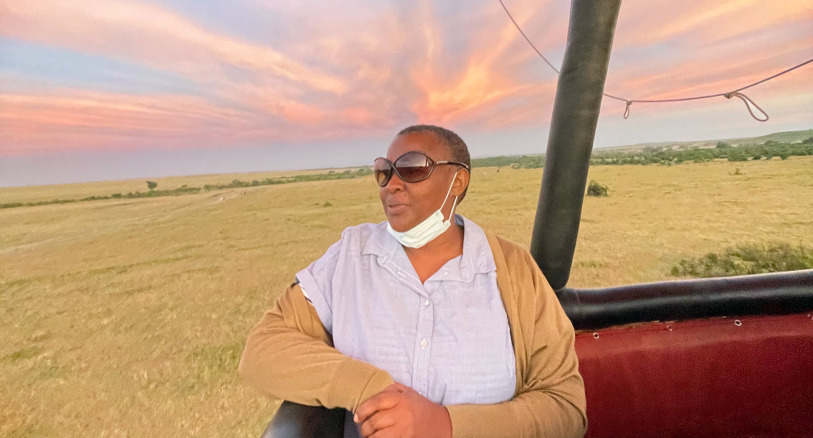Celebrate International Chameleon Day: May 9

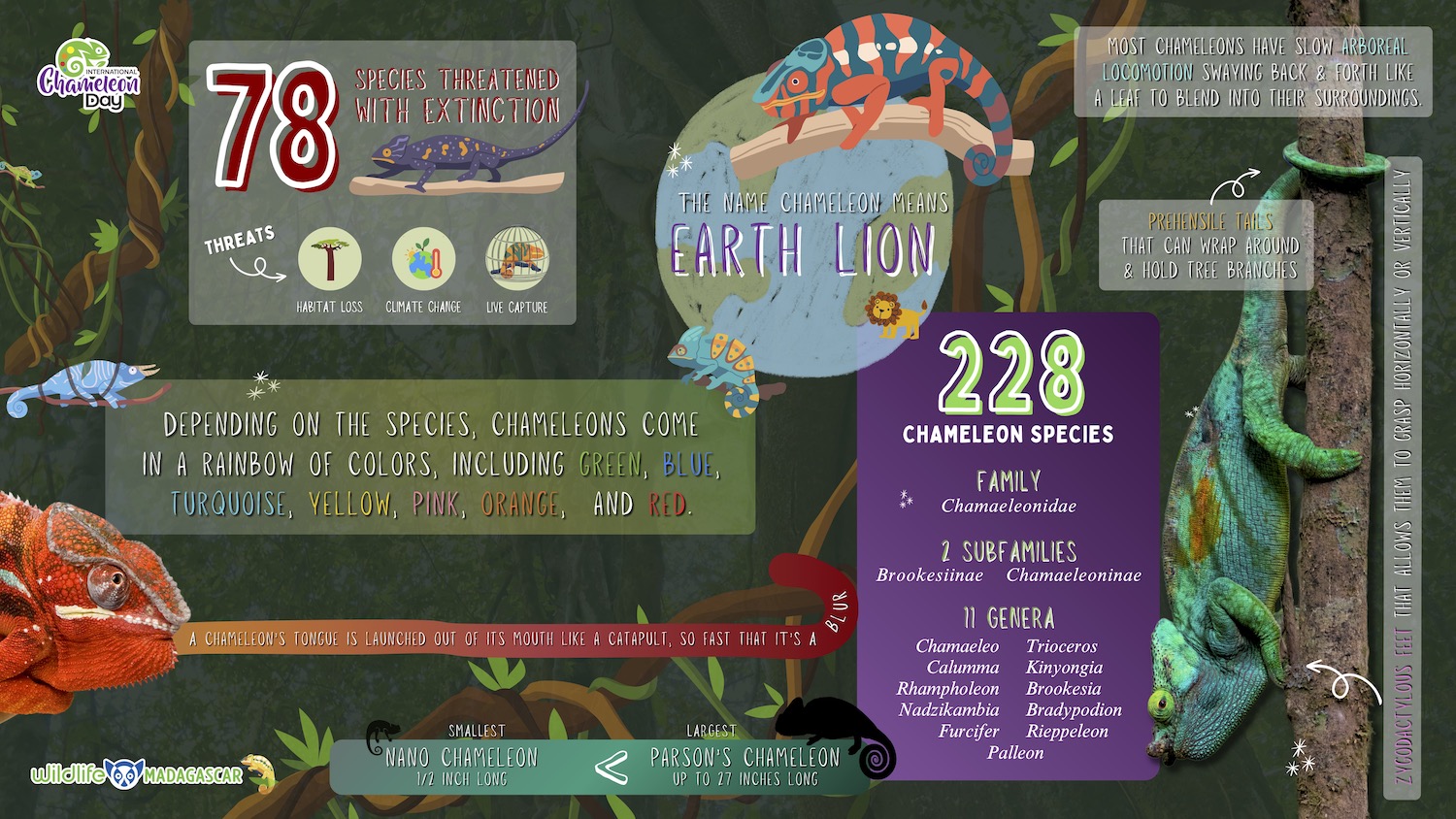
The first ever International Chameleon Day is being held on May 9 2024. Created by conservation organization Wildlife Madagascar and their many partners, this day aims to celebrate cool chameleons and raise awareness to help these lizards and protect their habitats.
Aren’t they gorgeous?
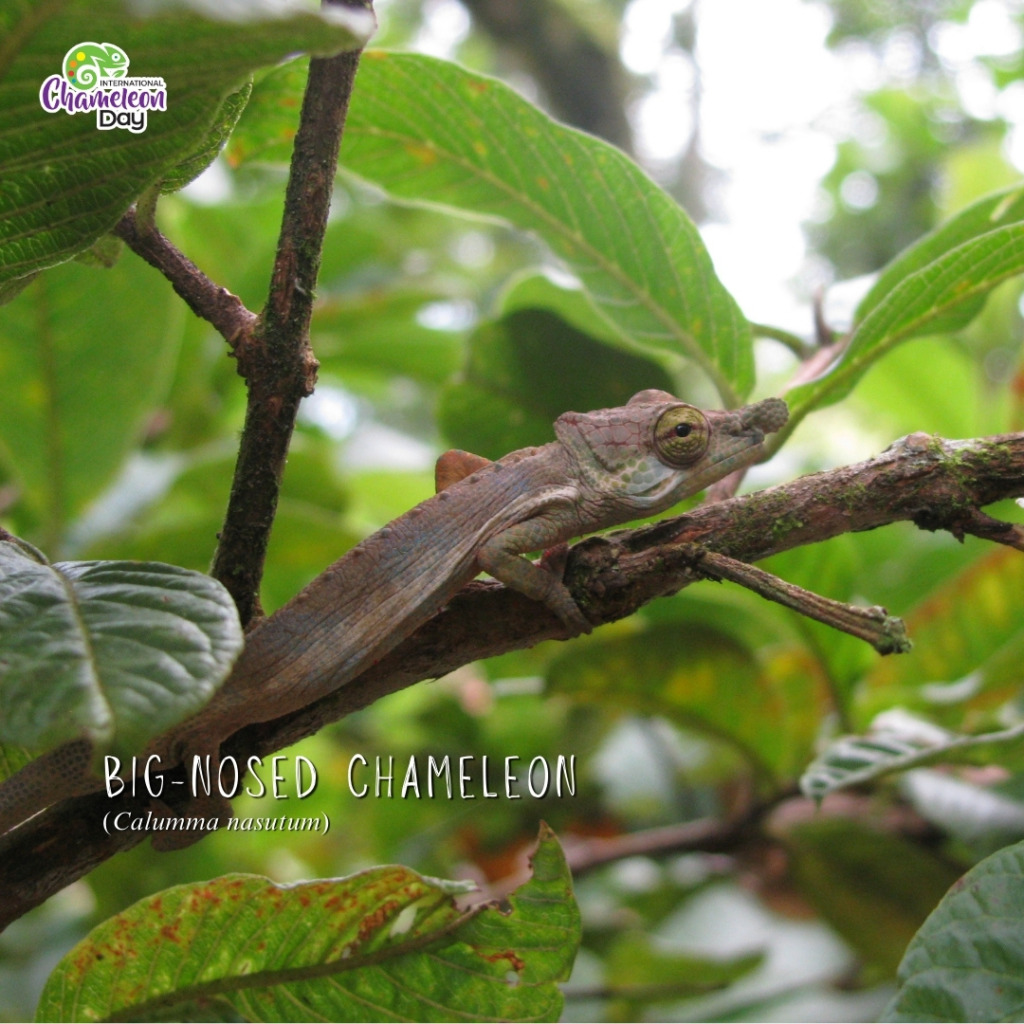


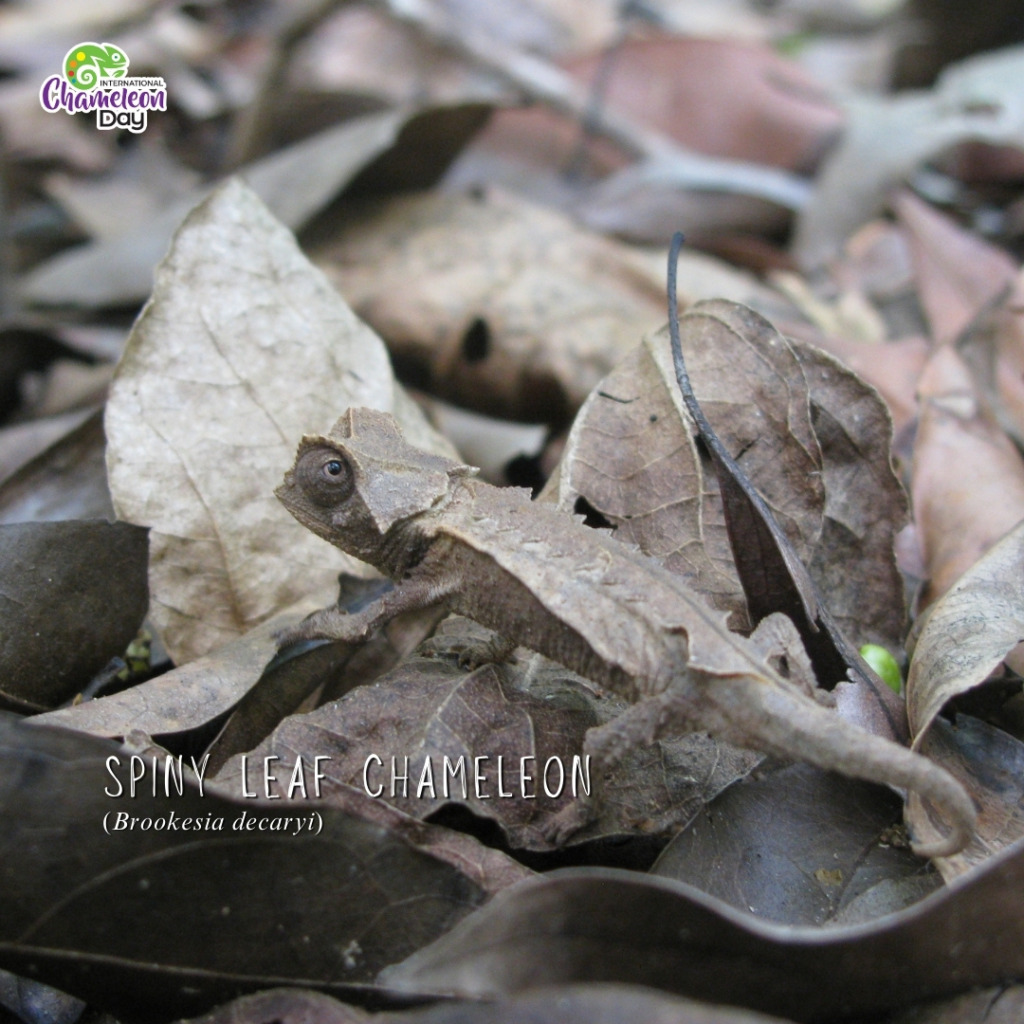

Images: supplied by Wildlife Madagascar
International Chameleon Day materials
*French and Malagasy files available here.
Chameleons are color changers. Chameleons come in a variety of base colors, like green, brown, and orange. Despite what you might have heard, chameleons can’t change color to blend in with any background. If you plonk a chameleon on a chessboard, it won’t become a black-and-white checkered chameleon! We now know that chameleons change color to communicate. Dive deeper into how chameleons transform themselves with this video from PBS Digital Studios:
How can you help chameleons?
According to Wildlife Madagascar, threats to chameleons include losing their habitat to agricultural practices, logging for construction or charcoal, cattle grazing, and human development. Chameleons are also at risk from collection for the pet trade.
You can help chameleons:
- Raise awareness! Learn about chameleons using the International Chameleon Day materials and help share what you learn with friends, family, and community members.
- Help protect chameleon habitats! If you’re lucky enough to live near these awesome lizards, care for their habitats. If you love chameleons, but live far away, you can still support chameleon conservation organizations.
- Be a responsible pet owner! Chameleons are popular pets, but wild collection of chameleons can be a risk to these animals.
Parents/educators can learn more about the trade in chameleons from Madagascar in this article from Mongabay.
You may like these stories
Meet some cool chameleons of Madagascar, with Dr. Frank Glaw

Six pygmy chameleon species come out of hiding in Tanzania
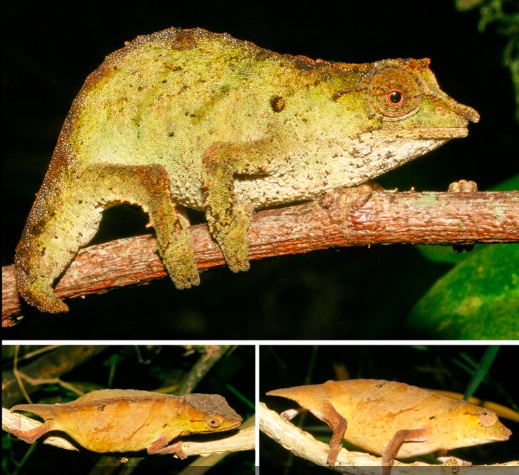
Smallest known lizard species described
